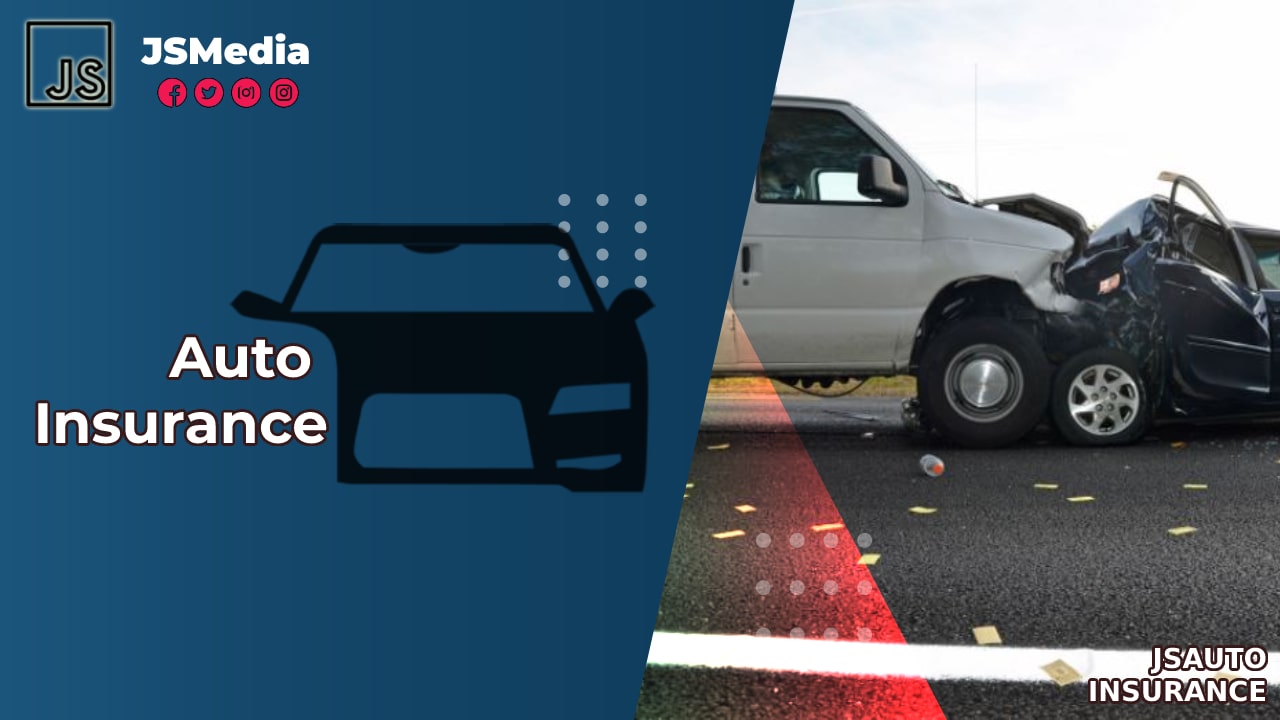JSMedia – There are two major differences between no-fault auto insurance and fault laws. No-fault states allow injured parties to sue for damages, including medical bills and lost wages. However, in no-fault states, the at-fault driver must first prove negligence. In the case of a liability claim, the insurer must prove fault before paying a claim. This difference is important because the insurance company must be convinced that the at-fault driver was at fault for the accident.
There are no-fault states. While 24 states allow policyholders to file for compensation from their insurers, twelve of them limit the amount of money they can claim for pain and suffering. In addition, some no-fault states have verbal or descriptive thresholds for when an accident is deemed to be serious. In these cases, the insurance company will refuse to pay the claim if the injured party is at fault.
No-fault states are the exception to the rule. If you are injured in a no-fault accident, you should file a no-fault claim with your insurer. In no-fault states, you cannot file lawsuits against the at-fault driver if you were the cause of the accident. This is because your insurer will only pay if the other driver is at fault for the accident.
No-Fault Auto Insurance Claims Vs No Fault Accidents

No-fault states have no laws regarding PIP coverage. This means that the at-fault driver must pay for the damages. This can be confusing for both parties involved in the accident. It’s best to talk to your insurance company to learn more about no-fault auto insurance claims and what they mean for you. Just remember, no-fault states still allow for property damage claims and no-fault states have no PIP laws.
While no-fault states generally have stricter no-fault rules, they are still different from no-fault states. In no-fault states, the at-fault driver will be responsible for the damages. The at-fault driver’s insurance company will pay for the repairs. If a no-fault state requires the at-fault driver to pay for personal injury protection, the driver will be held responsible for the accident.
The no-fault state requires both parties to accept no-fault auto insurance. The other party is the one at fault in the accident and the no-fault state pays the other driver’s medical bills. The other driver must pay for the other party’s medical expenses. This type of coverage pays for the other party’s legal costs. The no-fault state is often a better choice for no-fault drivers.
No-fault states require both drivers to file claims with their own insurance companies. The no-fault state requires both drivers to have a personal injury protection insurance policy and the other driver’s insurance will pay for it. This law has several other advantages. It allows the driver to recover medical expenses up to a certain limit, while it doesn’t require a party to bear the full cost of damages.

